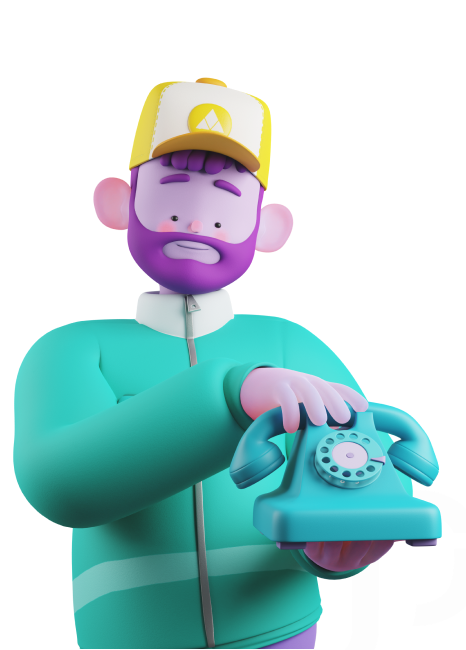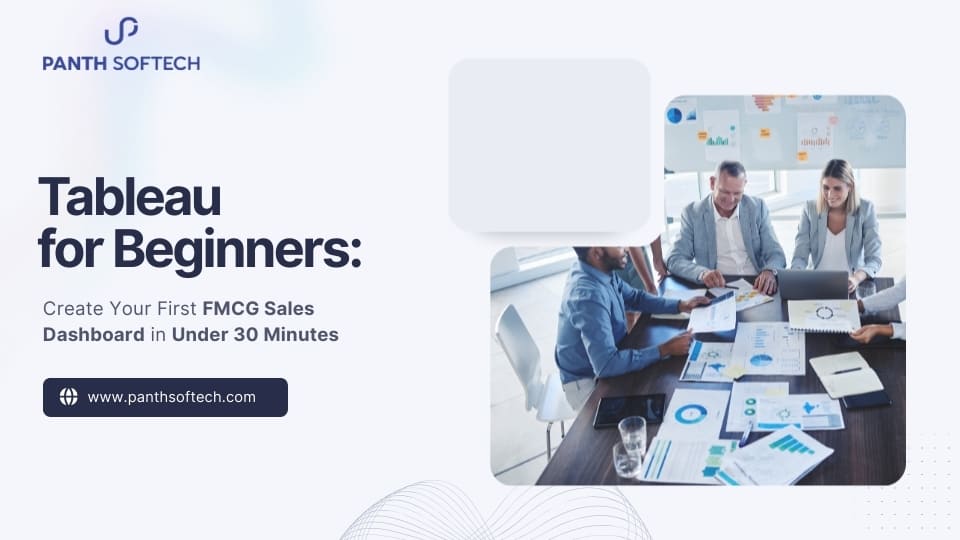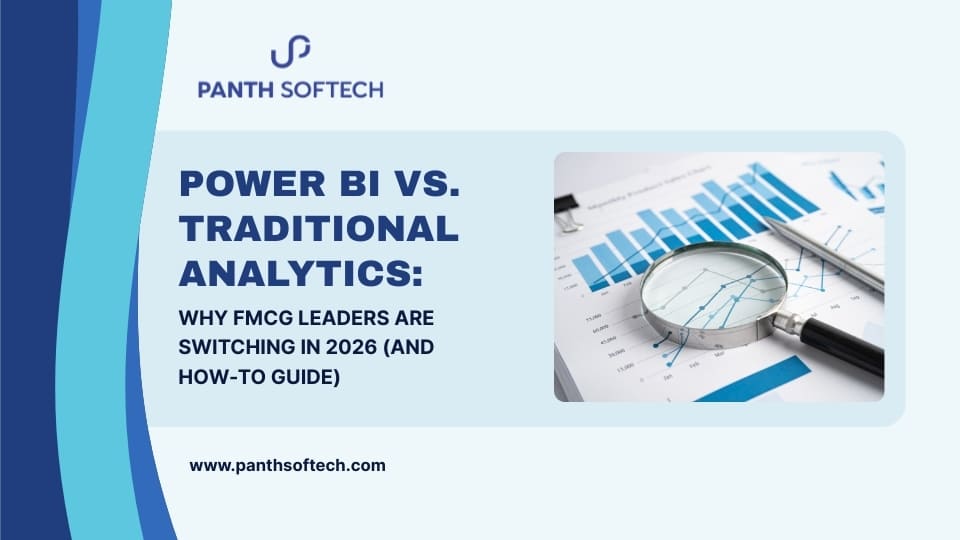Our Footprint
0+
Project Delivered
0+
Clients Worldwide
0+
Countries Served
0+
Savvy Experts
0+
Year Of Experience
What We Do?
We offer IoT edge device deployment services, enabling businesses to process data closer to the source for faster insights. Our IoT edge device management solutions ensure seamless monitoring and control of distributed edge devices.
As a leading IoT edge computing solutions company, we provide scalable infrastructure for real-time data processing. With IoT data filtering edge computing, we enhance data quality and reduce latency in decision-making.
Our real-time edge analytics for IoT empowers businesses with instant insights for automation and efficiency. Leveraging the best edge computing platforms, we drive performance, security, and scalability for IoT ecosystems.

Our Esteemed Clients and Partners
Our Goal to solve your problems
A seamless blend of trust, innovation, and collaboration, where clients inspire and partners deliver exceptional results.




















Our Services
Process data closer to the source with edge computing for real-time insights. Reduce latency and enhance efficiency with intelligent edge solutions.
Edge Device Deployment
We deploy edge devices that process data closer to the source, reducing latency and bandwidth usage. Our solutions enable real-time computing at the network edge, improving efficiency and response times.
We ensure seamless integration with existing IoT ecosystems for optimized performance. From industrial sensors to AI-powered edge nodes, we implement scalable and secure edge architectures. With remote management and monitoring, we ensure continuous device performance.
- Deploy edge devices for real-time data processing
- Optimize network bandwidth by reducing cloud dependencies
- Ensure seamless integration with IoT and cloud platforms
- Implement secure edge computing frameworks for data protection
- Enable remote device monitoring and management
- Support AI-powered edge analytics for intelligent decision-making
- Configure edge hardware for industrial and enterprise applications
- Provide scalable solutions for multi-device edge environments
Low-Latency Applications
We develop low-latency applications that deliver instant responses for time-sensitive operations. Our solutions minimize processing delays by leveraging edge computing for real-time execution. Whether in industrial automation, smart cities, or autonomous systems, we enhance performance and responsiveness.
By processing data locally, we eliminate network congestion and reduce reliance on centralized cloud servers. Our expertise ensures ultra-fast, mission-critical computing for seamless user experiences.
- Develop real-time applications with minimal latency
- Optimize computing for industrial automation and robotics
- Enhance responsiveness in autonomous systems and smart cities
- Reduce network congestion by processing data locally
- Support AI-driven edge applications for real-time decision-making
- Improve user experience with ultra-fast computing capabilities
- Integrate with 5G networks for high-speed data transmission
- Ensure seamless interaction between edge, cloud, and IoT systems
Data Filtering
We implement intelligent data filtering at the edge to streamline processing and reduce unnecessary cloud transfers. Our solutions identify and prioritize relevant data, ensuring only critical insights are transmitted. By preprocessing sensor data locally, we enhance efficiency and security.
We deploy AI-driven filtering algorithms that detect anomalies and extract meaningful patterns. With optimized data flow, businesses achieve faster decision-making and lower operational costs.
- Implement AI-driven filtering for efficient data processing
- Reduce cloud storage and bandwidth usage with local preprocessing
- Prioritize critical insights while eliminating redundant data
- Enhance security by filtering sensitive data at the source
- Improve response times with optimized data transmission
- Support anomaly detection for proactive issue resolution
- Enable real-time event-driven data processing at the edge
- Integrate with cloud and enterprise analytics platforms
Real-Time Analytics
We provide real-time analytics solutions that process and analyze data instantly at the edge. Our systems generate actionable insights without relying on cloud-based processing. By leveraging AI and machine learning at the edge, we enhance operational efficiency and automation.
Our solutions support predictive maintenance, anomaly detection, and instant decision-making. With real-time edge analytics, businesses gain a competitive advantage in fast-paced environments.
- Process and analyze IoT data instantly at the edge
- Generate real-time insights without cloud dependency
- Enable AI-driven decision-making for automation
- Detect anomalies and optimize system performance
- Reduce latency for mission-critical applications
- Support predictive maintenance with live data analysis
- Enhance operational efficiency with edge intelligence
- Integrate seamlessly with enterprise analytics tools
Your Partner in Industrial Excellence
At Panth Softech, we help industries grow with custom software development and smart automation. As a trusted custom software development company in USA & India, we build innovative solutions that improve efficiency, accuracy, and business performance. Our goal is to deliver software that brings speed, precision, and reliability to every process, helping businesses achieve excellence in their operations.













Technologies
We use advanced technologies to build secure, scalable, and high-performance solutions, driving innovation and digital transformation.












Words From Our Clients
We take pride in delivering top-notch services, ensuring client satisfaction and long-term success. Hear from those who trust us.
0+
Clients Worldwide
0+
Customer Retention
Why Choose us?
At Panth Softech, we are dedicated to delivering excellence through expertise, innovation, and customized solutions. Our approach ensures your software is reliable, scalable, and secure, meeting the needs of businesses of all sizes.
Expertise & Innovation
Our team combines deep industry knowledge with the latest technology to create digital solutions that make a real impact for your business.
Customization & Scalability
We build flexible and scalable software that grows with your business and adapts to changing requirements easily.
Security & Compliance
Our strong security framework keeps your data safe and ensures full compliance with industry standards.
Reliability & Support
We provide dedicated support and maintain consistent performance, building long-term partnerships based on trust and reliability.
Coding Innovation, Delivering Impact.
We build innovative software solutions that turn ideas into real-world impact. Our expertise transforms concepts into powerful digital experiences that drive growth and success.Ready to take your business to the next level? Get in touch with our team of experts today.
Whether you need a custom software solution, strategic consultation, or ongoing support, we’re here to help you achieve your goals. Let’s collaborate to transform your ideas into impactful digital experiences that drive innovation, growth, and success.
Transforming Challenges into Success.
We assist businesses by turning obstacles into opportunities with innovative technology. Our tailored solutions drive growth and efficiency across industries.
Start your journey towards successful software design and development with complete data security measures.

We had love to hear from you
Let’s Connect for a Successful Digital Transformation Journey.

Fill Out the form and we’ll be in touch
Our Blogs
Stay ahead with insights on the latest industry trends, innovative technologies, and best practices in digital transformation.

Tableau for Beginners: Create Your First FMCG Sales Dashboard in Under 30 Minutes
Building a dashboard doesn’t have to be complicated. In fact, with the right approach,…

Power BI vs. Traditional Analytics: Why FMCG Leaders Are Switching in 2026 (And How-To Guide)
The debate around Power BI vs Traditional Analytics has grown stronger than ever-especially in…

7 Game-Changing BI Dashboards Every FMCG Brand Needs in 2026
In 2026, the FMCG world is moving faster than ever—shorter product lifecycles, unpredictable consumer…























